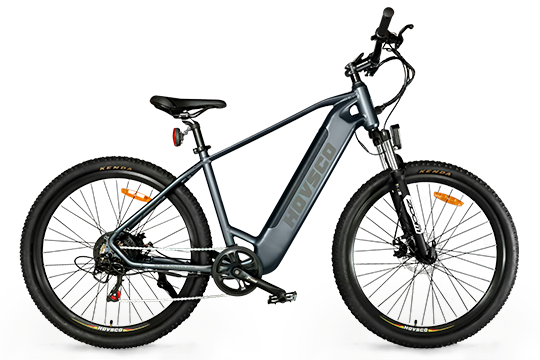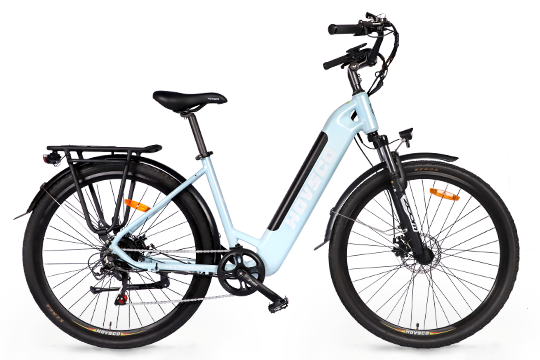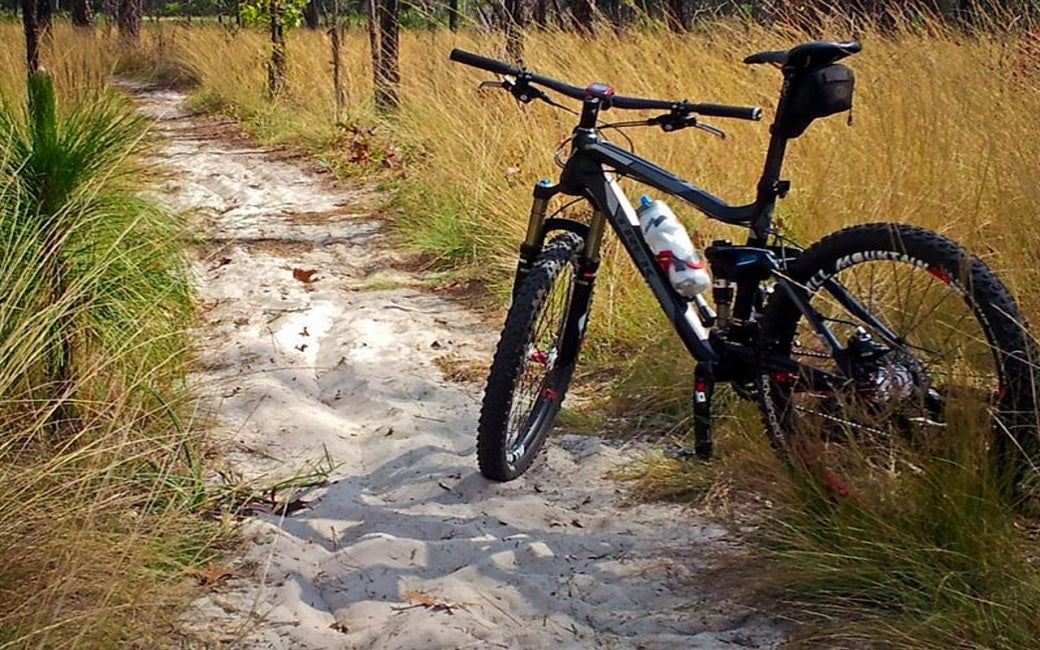The Evolution Of Electric Bicycles

In recent years, electric bikes have become increasingly popular. They combine the convenience of a bicycle with the efficiency and ease of use of a motorcycle. However, they are not as bulky and noisy, which makes them all the more enjoyable.
Whether you want to explore trails and off-roads, shorten your commute, or manoeuvre hilly terrain over the weekend, we can design an e-bike to meet your needs.( Hovsco A5 Mountain Cruiser is one ready for you.)
Electric bikes are not a new phenomenon. Ogden Bolton Jr. was granted one of the first patents for the electric bicycle in 1895, which included a hub motor, one of the best ways to power an electric bicycle. A few years later, Hosea W Libbey invented the first electric bicycle controller that could operate one battery on a flat road and a second battery on an uphill road.
In 1946 Jesse D Tucker was granted a patent for a motor with internal gearing and the ability to freewheel and thus one of the most identifying characteristics of the electric bicycle – the ability to use the pedals in combination or without the combination of the electric motor. The technologies used in today’s electric bikes are generally improvements on designs from fifty years ago or more rather than radically innovative technology from this decade.
In the last decade, electric bikes have gained popularity worldwide, with countries such as Japan, Germany, the Netherlands and the United States seeing an increase in sales and use of electric bikes. Despite this, their sales in 2013 were only 20,000, which is fifteen times fewer than those in Germany, where they sold 300,000. As cycling becomes more popular in London and the rest of the country, might we soon see more electric bikes on the road? If so, what is the law in the United Kingdom regarding electric bikes?
For an electric bike to be legally considered as a pedal cycle it must meet the requirements for ‘Electrically Assisted Pedal Cycles’. Electrically Assisted Pedal Cycles do not require a licence to be ridden, but riders must be over the age of 14 years old; and they do not need to be registered, taxed or insured.
A bicycle with an electrically assisted pedal cycle must have pedals on both sides that can be used to propel the bicycle, the electric motor cannot propel the bicycle faster than 15 mph, the bike and its battery cannot weigh more than 40 kilograms or 60 kilograms if it is a tandem or tricycle, and the electric motor cannot have more than 200 watts of power.
If the electric bicycle meets the requirements then it is legal and, like a normal pedal bicycle, it can be ridden on cycle paths and anywhere else that a pedal bicycle is allowed. If the bicycle does not meet the Electrically Assisted Pedal Cycles requirements then it must registered and taxed, a driving licence will be required to ride it and a crash helmet must be worn.
For cyclists who have long commutes or don't want to arrive sweaty at their destination, electric bikes can be a suitable alternative to pedal bikes. This switch can be made without any additional paperwork or equipment needed to ride an electric bike instead. We are likely to see more electric bikes on our roads as cycling infrastructure is improved around the country.
The evolution of electric bikes is just beginning. Giving more space to bicycles and electric bikes will make the city more bicycle-friendly. The idea of sharing the road with a huge metal-enclosed car under only a helmet would make many bikers nervous and hesitant. The fact that there is still plenty of room for reallocation is gratifying. Road reconstruction in some cities has caused people's habits to change: they are more likely to go out on bicycles or electric bicycles. In contrast, if urban planning fails to consider the needs of cyclists, it will reduce the usage of bicycles or electric bicycles. Therefore, there is still a lot of room for better planning. (The related topics such as How Much Do You Know About the History of Fat Tires will give you more hints too.)






Leave a comment